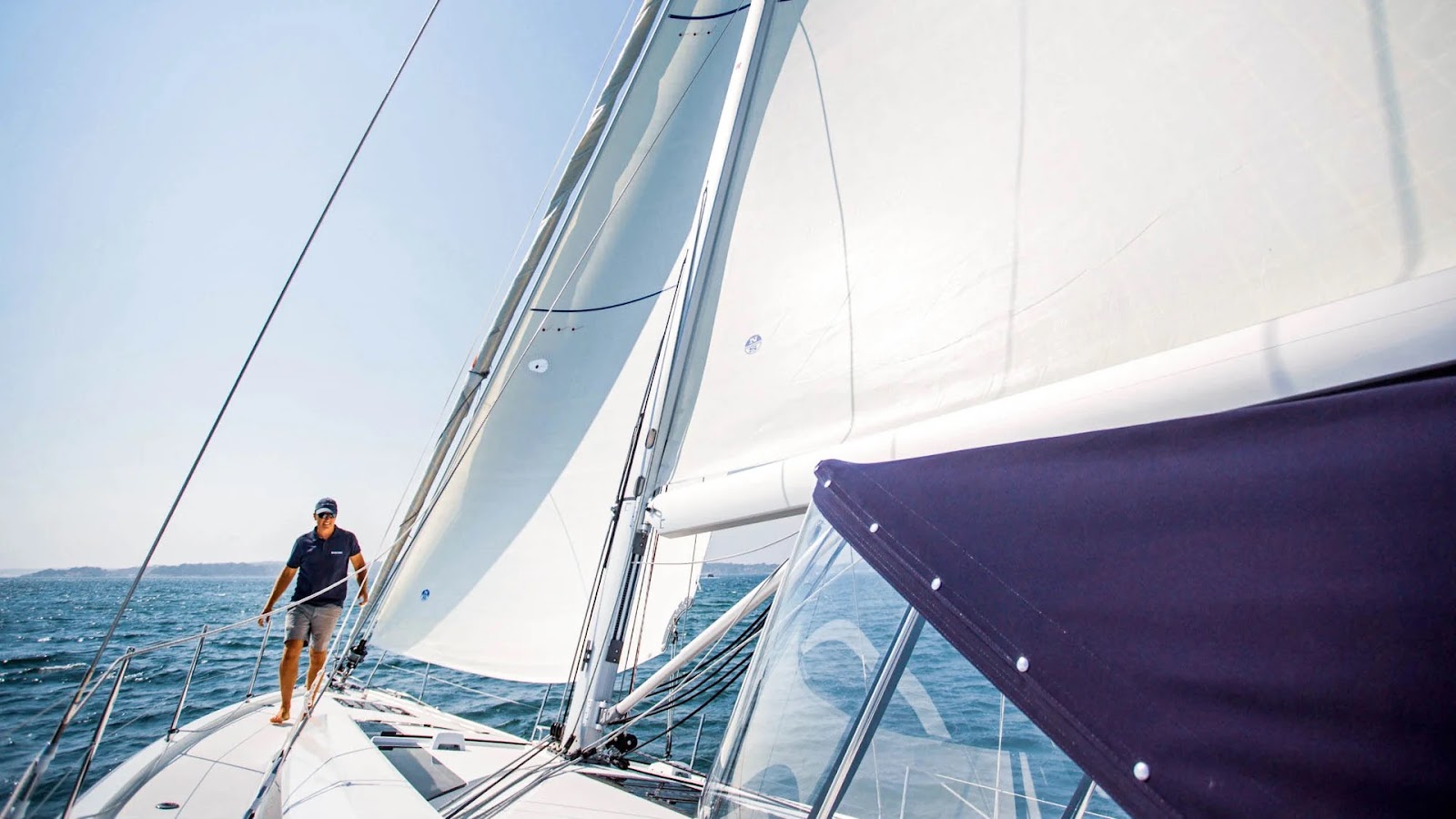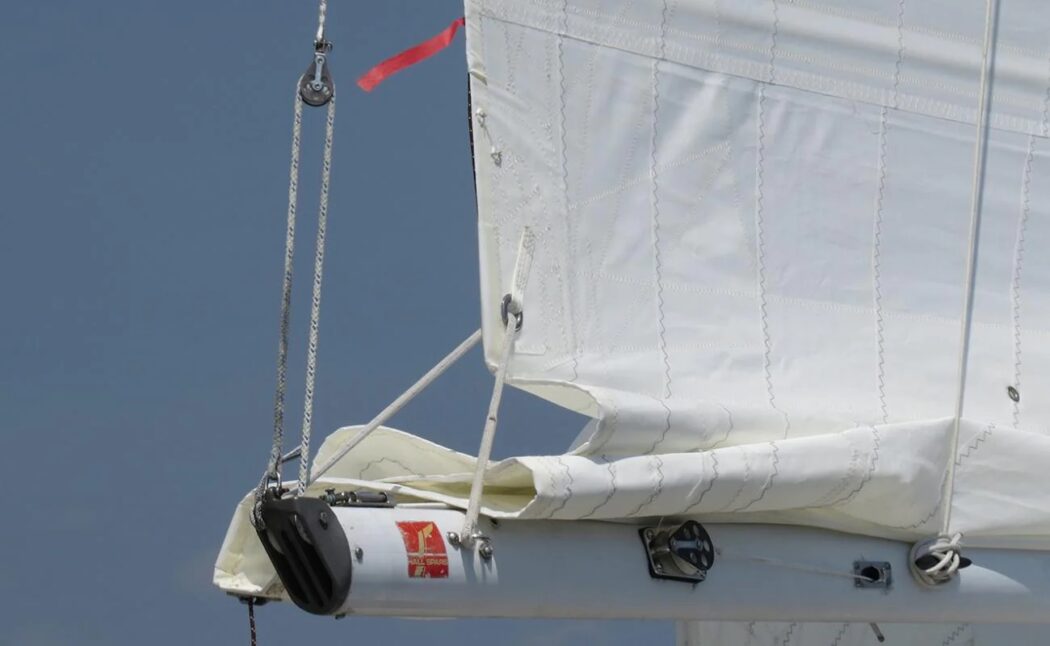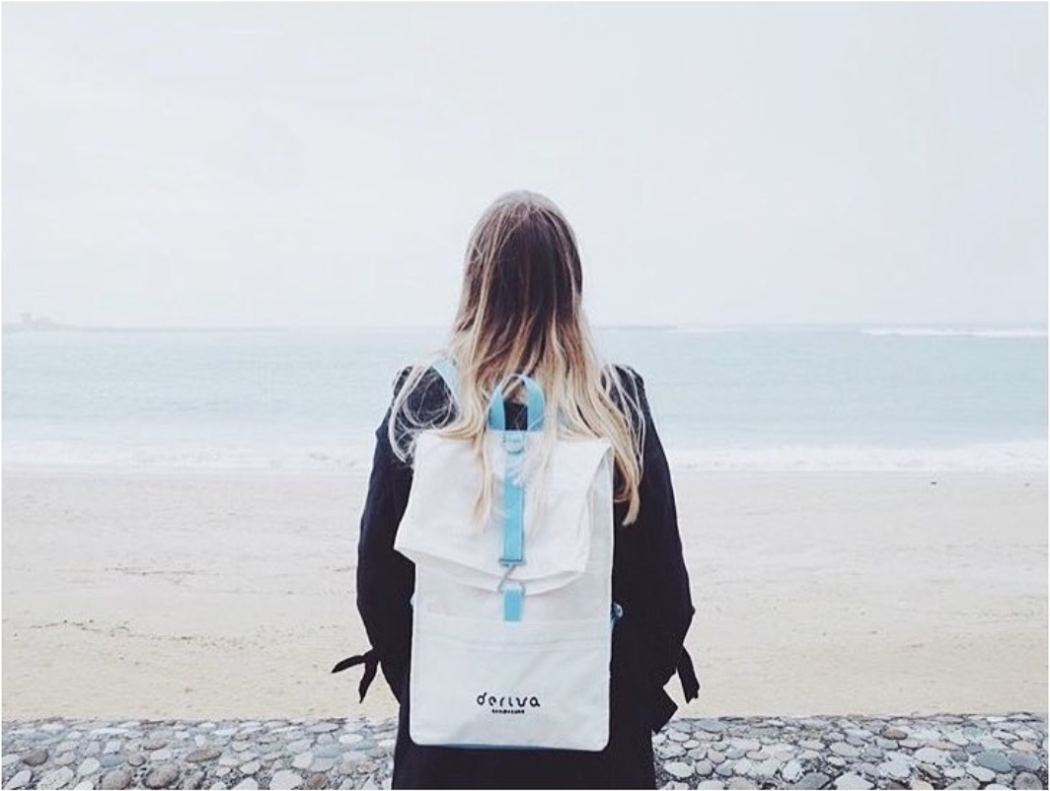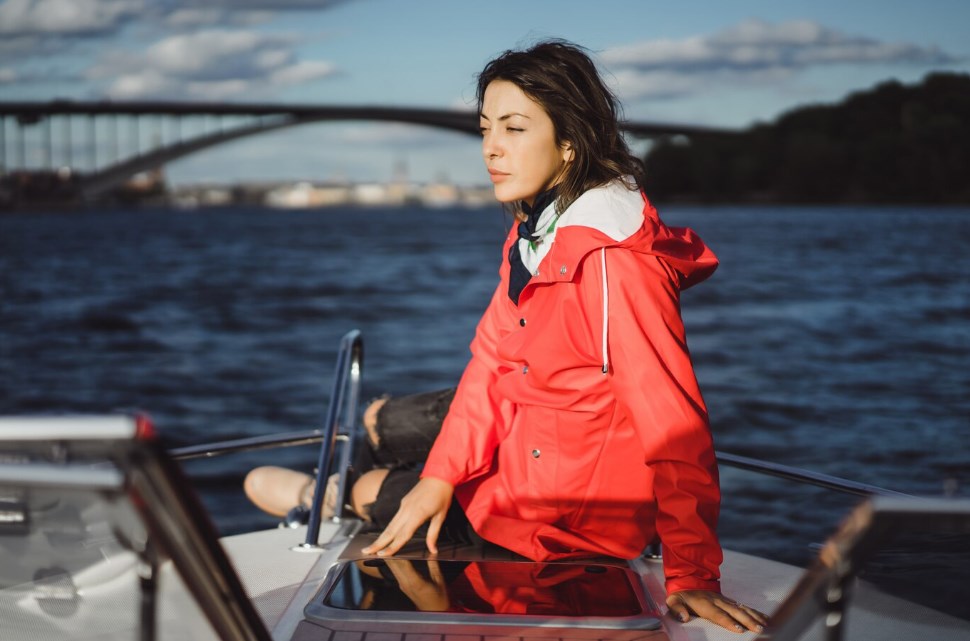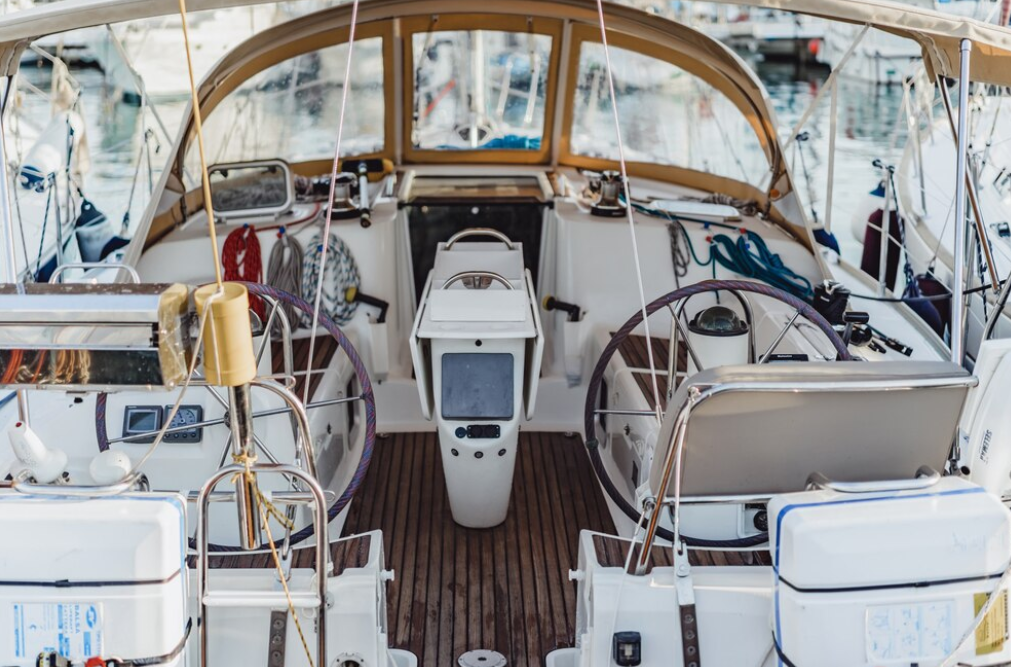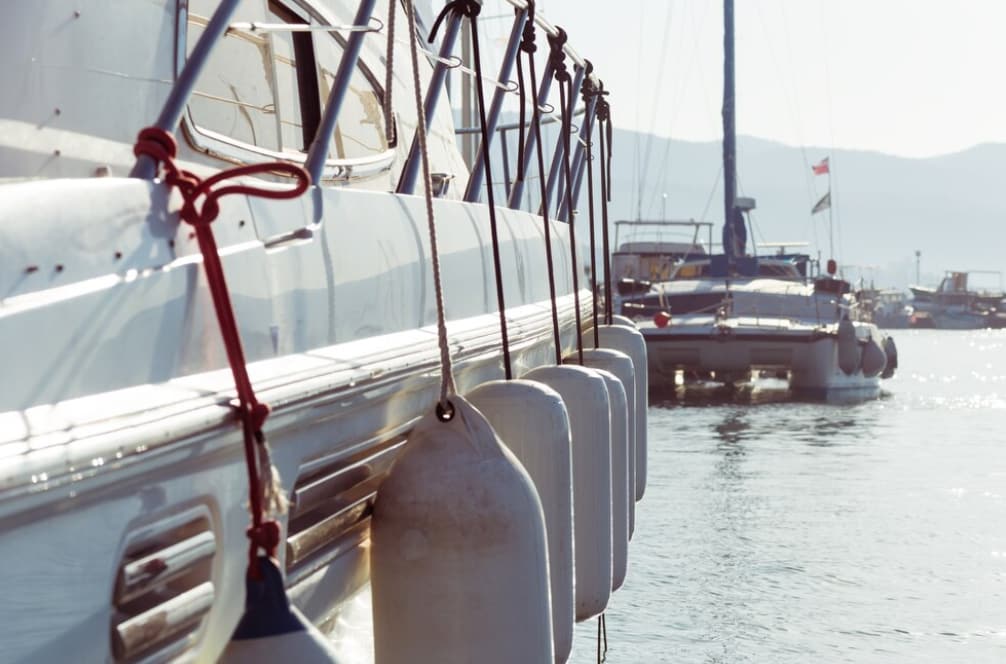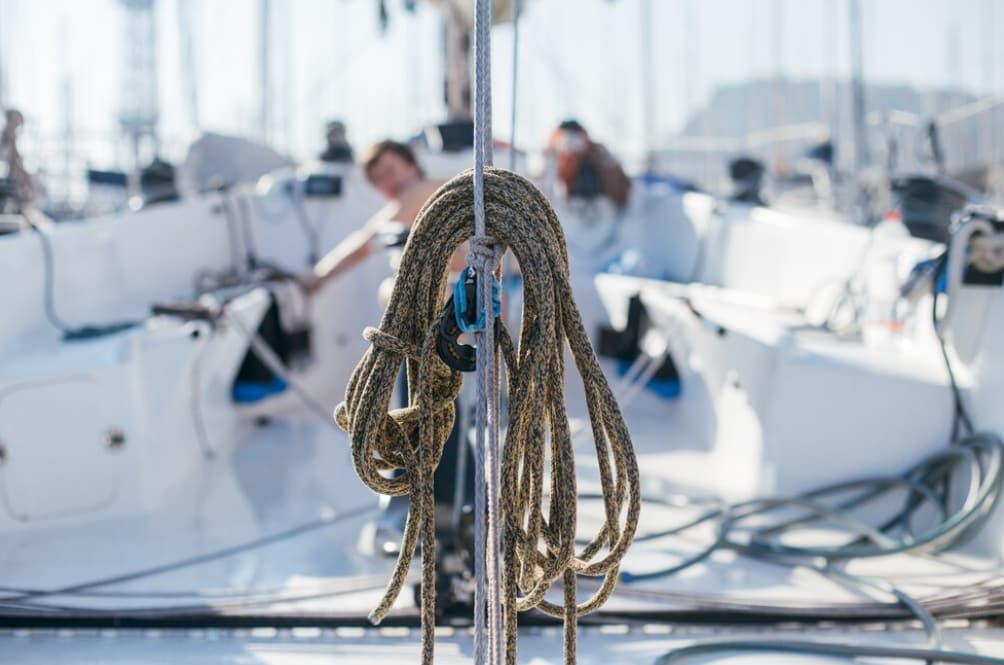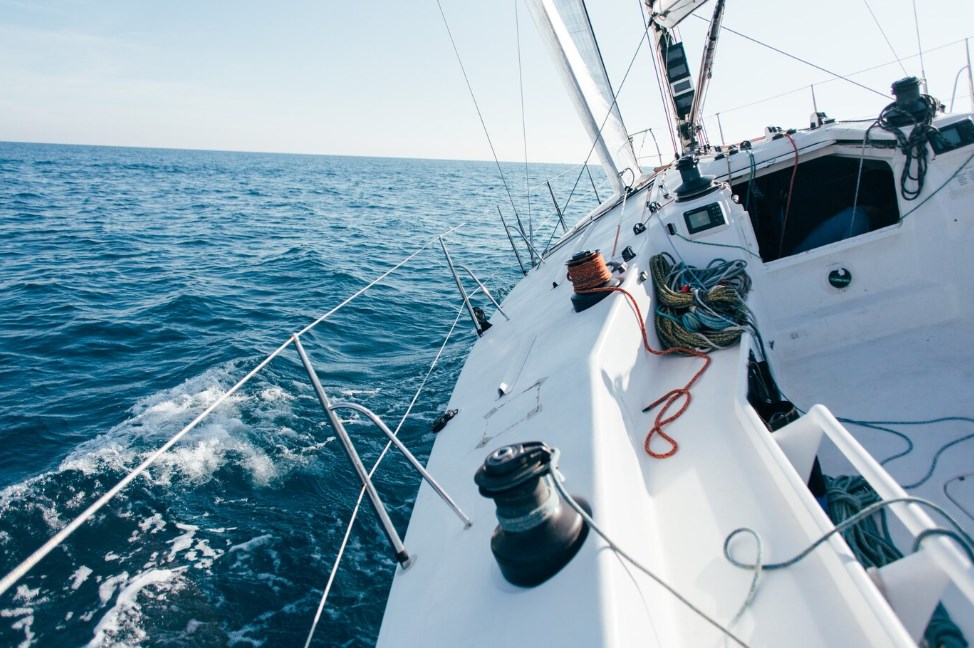Navigating Marina Life: The Liveaboard Experience
Living on a boat evokes visions of adventure, freedom, and a unique lifestyle. The world of liveaboard marinas, however, unveils a realm that’s not just about setting sails but also about creating a home on the water. Initially, the idea of living full time on a boat seemed implausible. Yet, delving into this lifestyle unravels a vibrant community, distinctive challenges, and unexpected comforts.
The Upside to Living in a Marina

The allure of liveaboard marinas rests within the community they foster. Contrary to assumptions, the diversity within this community is staggering. Connecting with individuals from varied backgrounds who share a love-hate relationship with the sailing life becomes an enriching experience. Whether dining on luxurious yachts or sharing stories with adventurous souls on a budget, the camaraderie formed is unparalleled.
Comfort levels fluctuate, but marinas offer stability compared to open anchorages. With access to unlimited utilities, they provide a semblance of home, even if topping up water tanks becomes a routine inconvenience.
Liveaboard Marina Facilities

Ah, living the dream on the water! Liveaboard marinas offer a unique lifestyle, and the facilities play a big role in making it comfortable and convenient. To give you the best answer, I need a little more information. What specifically are you interested in knowing about liveaboard marina facilities?
The amenities of a liveaboard marina, from clean showers to washing machines, offer luxuries often missed during a life at anchor. The convenience of these facilities cannot be overstated, especially after months of makeshift solutions while living on the water.
Here are some areas I can help you with:
Essential facilities:
- Dockside utilities: water, electricity, sewage pump-out, Wi-Fi;
- Sanitation: showers, laundry facilities, restrooms;
- Security: gated access, security cameras, on-site staff;
- Waste disposal: trash collection, recycling facilities;
- Boat maintenance: haul-out facilities, repair services, chandlery
Lifestyle amenities:
- Pools & gyms: staying active and refreshed;
- Social spaces: clubhouse, BBQ areas, events;
- Pet-friendly policies: welcoming your furry companions;
- Shopping & dining: on-site stores, restaurants nearby;
- Transportation: access to public transit or marina shuttle
Additional considerations:
- Liveaboard policies: some marinas have restrictions on boat size, occupancy, pets;
- Slip fees: varying costs depending on size, location, amenities;
- Community: vibe and culture of the marina residents.
Once you tell me what you’re curious about, I can provide a more tailored response. Let’s make your liveaboard experience smooth sailing!
The Pros of Liveaboard Marinas

The drawbacks of residing in liveaboard marinas unveil a different side to the idyllic seafaring lifestyle, presenting challenges that might sway one’s decision to call a boat their permanent home.
Adventure and connection to the water:
- Unparalleled access: Step off your deck and onto your boat. Spontaneous adventures are just a cast-off line away;
- Waterfront living: Enjoy stunning sunrises, calming sunsets, and the constant ebb and flow of the tide from your front porch (or deck!);
- Diverse marine life: Observe playful dolphins, graceful birds, and colorful fish from your own backyard.
Community and belonging:
- Like-minded neighbors: Connect with fellow boat enthusiasts who share your passion for the water and the liveaboard lifestyle;
- Shared experiences: Learn from experienced sailors, swap stories, and form lasting friendships with your marina mates;
- Sense of community: Participate in social events, potlucks, and marina-organized activities.
Simplicity and cost-effectiveness (in some cases):
- Minimalism: Embrace a decluttered, minimalist lifestyle that frees you from material possessions;
- Lower living costs: Depending on your location and boat size, living aboard can be significantly cheaper than traditional housing, especially in expensive urban areas;
- Reduced transportation costs: Your boat becomes your primary mode of transport, saving on gas and car maintenance.
Lifestyle flexibility and freedom:
- Travel whenever you want: Untie the lines and explore new destinations whenever the mood strikes;
- Work remotely: Many liveaboarders enjoy the flexibility of working remotely from their boats while traveling or staying put;
- No fixed commitments: Escape the constraints of a traditional mortgage and embrace a mobile, adaptable lifestyle.
Personal growth and resilience:
- Self-reliance: Develop practical skills like boat maintenance, navigation, and problem-solving;
- Connection to nature: Live in harmony with the elements, experiencing the raw beauty and power of the sea firsthand;
- Resilience and adaptability: Learn to overcome challenges, embrace unexpected situations, and adapt to ever-changing circumstances.
Ultimately, the decision of whether to live aboard depends on your individual preferences and priorities. Weighing both the pros and cons carefully will help you determine if this unique lifestyle is the right fit for you. Don’t forget to research specific marinas and their offerings to find one that aligns with your needs and budget.
The Cons of Liveaboard Marinas
The costs associated with marinas are a significant deterrent. From high monthly fees to occasional noise disturbances, the idyllic image of peace and solitude might be disrupted by the reality of close-quarter living.
While the idea of living on your boat in a marina might sound idyllic, there are definitely some downsides to consider before casting off for this unique lifestyle. Here are some of the cons of living in a liveaboard marina:
Cost:
- Slip fees: Liveaboard slips are often significantly more expensive than standard transient slips, especially in desirable locations. Expect to pay a premium for the privilege of full-time residency;
- Utilities: On top of slip fees, you’ll be responsible for your own boat’s utilities, including water, electricity, and sewage pump-out, which can add up quickly;
- Maintenance: Living in a saltwater environment means your boat will require more frequent maintenance to combat corrosion and wear. Factor in the cost of regular upkeep and potential repairs.
Space limitations:
- Boat size: Marinas often have restrictions on the size and type of boats allowed for liveaboard. You might be limited in your vessel choices, especially if you’re on a budget;
- Cramped quarters: Living on a boat, even a large one, means sacrificing space. Be prepared for a minimalist lifestyle with clever storage solutions;
- Privacy: With boats docked close together, privacy can be a challenge. Noise from neighbors and constant activity around the marina can be disruptive.
Community and regulations:
- Marina rules: Liveaboard marinas often have stricter rules and regulations compared to transient marinas. Be prepared to follow guidelines regarding noise, waste disposal, and boat maintenance;
- Transient traffic: Marinas are busy hubs with boats coming and going. Expect noise, activity, and potential disruptions to your peace and quiet;
- Social dynamics: Living in close quarters can lead to both positive and negative social interactions. Be prepared to be a good neighbor and navigate potential personality clashes.
Environmental considerations:
- Waste disposal: Living on a boat means managing your waste responsibly. Be mindful of overboard discharge and utilize proper disposal facilities;
- Pollution: Boat maintenance and engine use can contribute to water pollution. Choose eco-friendly practices and be a responsible steward of the marine environment;
- Impact on local ecosystem: Increased boat traffic and activity in a marina can have negative impacts on the surrounding ecosystem. Be aware of your impact and minimize your footprint.
Living aboard in a marina can be a rewarding experience, but it’s important to weigh the cons carefully before making the leap. Consider your budget, lifestyle preferences, and tolerance for the challenges before setting sail for your new home on the water.
Challenges with Facilities and Water Access

Living aboard in a marina can be a dream come true, offering close proximity to the water, a vibrant community, and the freedom of the open sea. However, it’s not without its challenges, and facilities and water access can be major pain points for liveaboard residents. Here are some of the most common issues:
Limited or inadequate facilities:
- Power outages: Marinas can be susceptible to power outages, especially during storms or peak usage times. This can disrupt essential onboard systems like refrigeration and air conditioning;
- Water restrictions: Some marinas, particularly in drought-stricken areas, may impose water restrictions. This can limit showering, laundry, and boat maintenance;
- Crowded or malfunctioning shared facilities: Laundry rooms, restrooms, and pump-out stations can become overcrowded, especially during peak season. Malfunctioning equipment can further add to the frustration;
- Lack of dedicated liveaboard amenities: Some marinas cater primarily to transient boaters, offering limited facilities for full-time residents.
This can mean missing out on amenities like laundry services, pet facilities, or dedicated workspaces.
Water access challenges:
- Shallow or fluctuating water depths: Shallow draft boats may have difficulty navigating certain marinas, especially during low tides. Fluctuating water levels can also make docking and launching challenging;
- Limited dock space: Finding a suitable slip for your boat, especially during peak season, can be a challenge. Liveaboard boats often require larger slips with shore power and water hookups, which can be in high demand;
- Poor water quality: Pollution from boat maintenance, runoff, and nearby sources can compromise water quality in the marina. This can make swimming and other water activities unpleasant or even unsafe;
- Distance from desirable locations: Some marinas are located in remote areas, far from amenities like grocery stores, restaurants, or entertainment options. This can make daily life more inconvenient for liveaboard residents.
Additional factors to consider:
- Marina management: The quality of facilities and water access can vary greatly depending on the marina’s management. Look for a marina with a good reputation for maintaining its facilities and addressing resident concerns promptly;
- Local regulations: Local regulations can impact marina operations and water access. Be sure to research any restrictions or limitations before committing to a liveaboard lifestyle in a particular marina;
- Climate and weather: Consider the climate and typical weather patterns in the area. Marinas in hurricane zones or areas with extreme weather conditions may present additional challenges for liveaboard residents.
Living aboard in a marina can be a rewarding experience, but it’s important to be aware of the potential challenges associated with facilities and water access. Carefully research different marinas, ask questions, and understand the limitations before making a decision. By choosing a well-maintained marina with good water quality and adequate facilities for liveaboard residents, you can set yourself up for a successful and enjoyable liveaboard lifestyle.
Conclusion
Living in a liveaboard marina is a multifaceted experience, blending community spirit with everyday challenges. It offers a unique blend of camaraderie and convenience juxtaposed against costs and occasional inconveniences. Exploring this lifestyle illuminates a world where the sea becomes not just a playground but a place to call home.You might also be interested in a detailed review on Triangular Sail: Sail Shapes Unveiled
Happy sailing!




